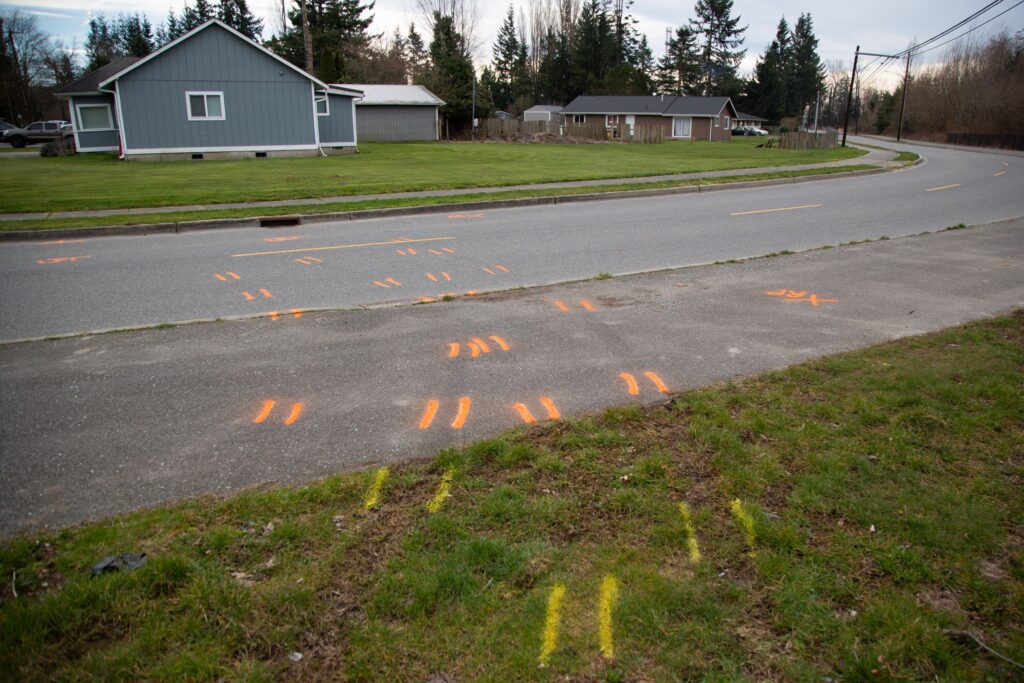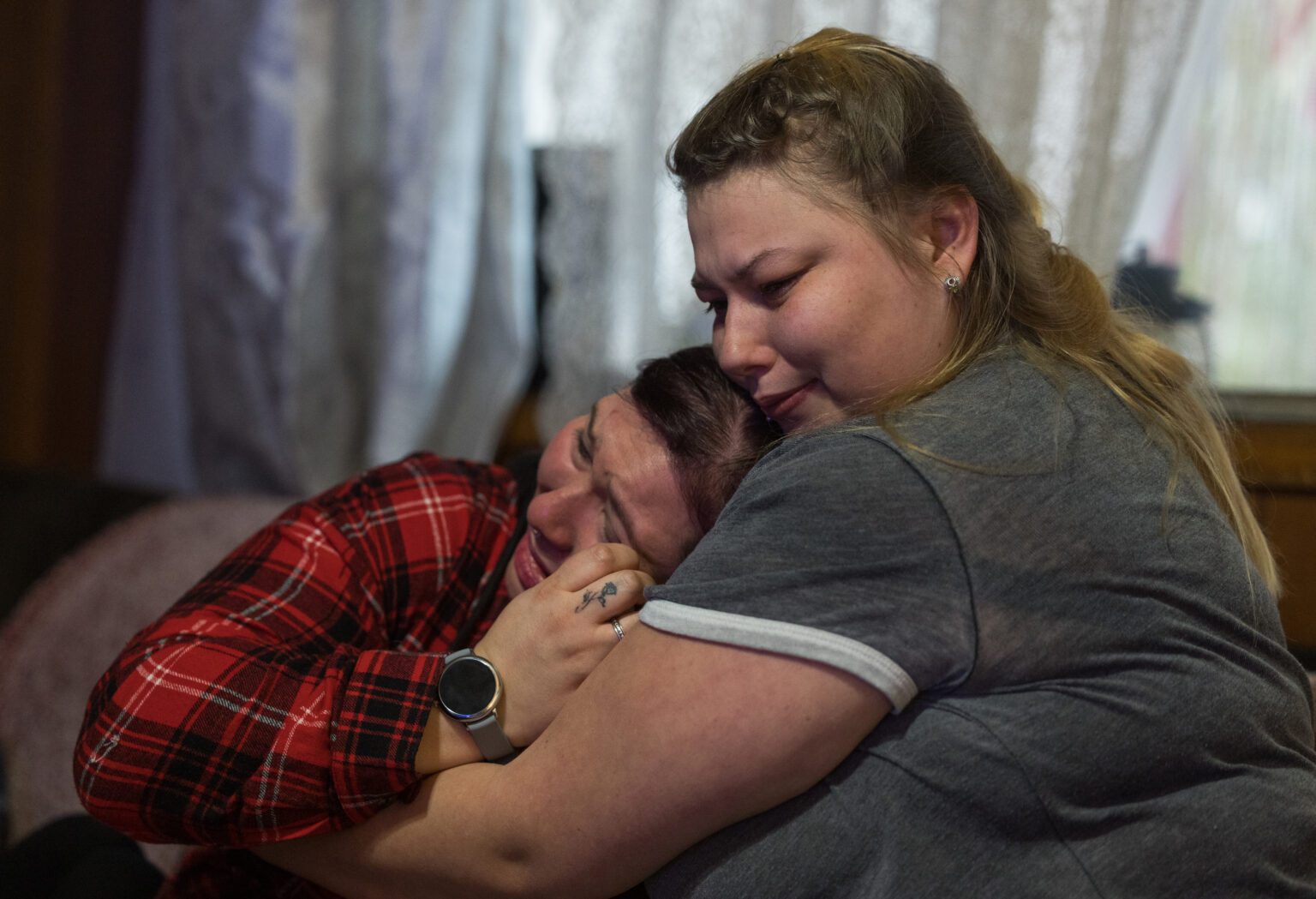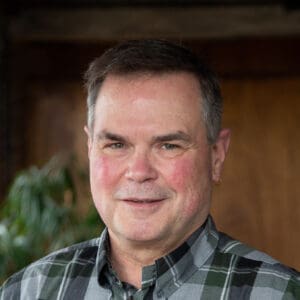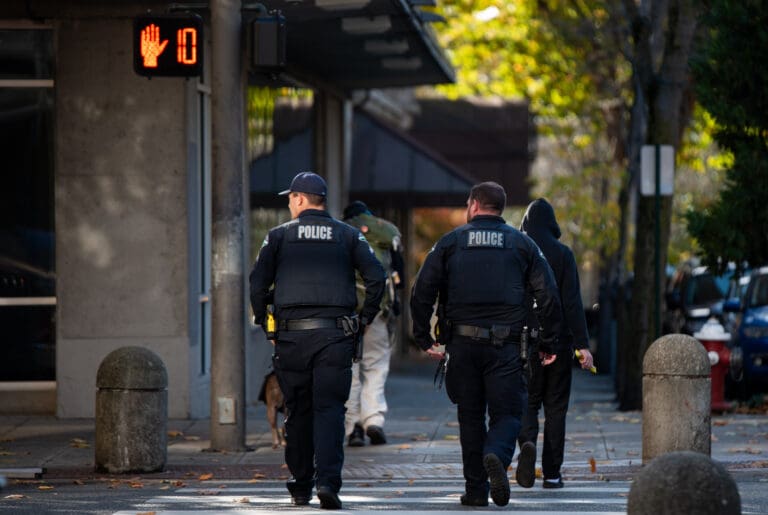Editor’s note: Given the broad public interest in state police pursuit laws and the case described below, Cascadia Daily News has placed this column, the 2023 CDN comprehensive report on the David Babcock case and an update on police pursuit laws outside the newspaper’s paywall. Please share.
Scrolling through Cascadia Daily News this week, it would be easy to pass right over it: Another story about legislative sausage-making in Olympia, with renewed quibbling over state police-pursuit law.
The argument is fueled somewhat by emotion but mostly by data — competing stats which, legislators argue, make present state laws on the subject in need of either no change, further study or immediate revision. It seems pedantic. But ultimately at stake, in some cases, is the delicate tipping point at which a police officer — an agent of we, the people — has the legal right to pursue and in the process, perhaps kill one of us.
It is not an abstract concept for some Washington state families, including the surviving family members of David Babcock, 51, of Concrete, Skagit County.
As reported in deep detail by CDN on Jan. 15, 2023, Babcock last year was shot in the back of the head on Feb. 16, 2022 by Max Rosser, a young Sedro-Woolley police officer, as he drove at a slow speed off a Skagit County road that had been fitted with spike strips to stop his vehicle. The body cam video of Rosser and a fellow officer is rich in detail of what happened, less so about why.
The Nissan Pathfinder driven by Babcock, who had made a habit of fleeing police, was briefly headed in the direction of Rosser, standing roadside, then veered off the road to attempt to drive around the impromptu roadblock. As this unfolded in a scant few seconds, Rosser drew his weapon and emptied most of its ammunition clip, nine rapidly fired shots piercing the night.

The footage — and later, a detailed incident analysis by forensics experts — make it apparent that at least several of those shots, including the fatal one, were fired after Babcock’s vehicle had already driven past Rosser, ostensibly meaning the officer had no remaining reason to fear for his own life from an approaching vehicle.
A shooting deemed justified
It is easy, of course, to Monday Morning quarterback police actions, and to presume to know what was in the mind of officer Rosser that late night a year ago this month. This is not an attempt to do so.
In a statement likely authored by legal representatives, Rosser — never directly interviewed by investigators — later deemed his split-second decision purely defensive. The interagency SMART investigative team reviewing the case, passed its findings — 308 pages of evidence, but not conclusions — to the lone arbiter in such incidents, in this case the Skagit County Prosecutor’s office.
Prosecutor Rich Weyrich determined that Rosser’s actions were justified. He’s an elected official; that’s a judgment call he is assigned to make. After being cleared of any wrongdoing by his own force, Rosser today is back on active duty in Sedro-Woolley. And Babcock’s family, convinced vengeful local police had it out for their beloved relative because of his penchant to flee cops, is preparing a lawsuit that will likely raise legitimate questions about policy and procedures — including the pursuit of fleeing suspects.
The most troubling question remains unanswered by police: What was the public-safety interest, in the first place, in pursuing Babcock, first flagged by cops in Mount Vernon that night for the possible crime of driving around with what turned out to be a stolen license plate?
Rosser was never asked that question.
Sedro-Woolley Police Chief Lin Tucker, now retired, didn’t answer it, declining to comment on the case. Neither did Weyrich. And the City of Sedro-Woolley, which scrambled to suddenly — and, we are asked to believe, coincidentally — rewrite its procedures about police pursuits in the wake of the Babcock shooting? Insert cricket sound here.
However one feels about the shooting, that universal non-response by supposed public servants falls tragically short of the degree of accountability deserving of the taking of a life of a citizen. And it herds onto center stage the elephant in the room: laws that allow the initiation of pursuits on some occasions cause the deaths of cops, suspects, and hapless private citizens unfortunate enough to be nearby.
The historical arc is relevant
Broad context is important here: Justifiably angry skeptics of police killings of Americans, an unacceptably large percentage of whom are nonwhite, years ago reverse-engineered this process far enough to observe that many lives could be saved by reducing the opportunity for chase-related violence to occur — by simply raising the bar to launch a pursuit.
Washington’s Legislature followed that path in 2021 — much to the ire of police agencies. In Sedro-Woolley, police chief Tucker responded publicly and angrily, insisting the change robbed cops of the ability to do their jobs. In recent months, spikes in property crime in many places — including Northwest Washington — have created political backlash sufficient to squelch fading cries of police “defunding” and other reignings-in. Leading Democratic legislators now are trying to nudge the needle for pursuits, by varying degrees, back toward its former position.
That argument goes on in Olympia, where stacks of contested data are wielded via thumb drive and print-out. But nobody will be talking about the shooting death, bullet-to-back-of-head, of David Babcock.
Why?
The police chase that killed him didn’t legally qualify as a “pursuit.” Just a garden-variety chase or follow. After an initial lights-on chase by Mount Vernon cops, restrictions from the new law kicked in as they should have: Babcock did not meet the definition of a dangerous criminal required for pursuit.
Yet cops from two other agencies proceeded to follow him, for half an hour over a long, winding course to the place where he would be shot — with their emergency lights turned off. Police interviewed on the night of the shooting used the word “pursuit” to investigators. Official records are more cautious: No pursuit here! Nothing to see, folks. Just a guy who went from failure-to-stop straight to the morgue.
It is compelling evidence of two things: Ongoing debate about a law defining when cops can initiate a police pursuit is an important discussion about life, death and the power of the state to make that irredeemable choice. And even the most carefully crafted police reform is but an artificial layer of constraint laid over the complicated soul of humans empowered to carry it out on our behalf.
The latter is demonstrably less amenable to tweaking.
Ron Judd’s column appears on Fridays; ronjudd@cascadiadaily.com; @roncjudd.





How did state, Whatcom Democrats win big in a US election swinging the other way?